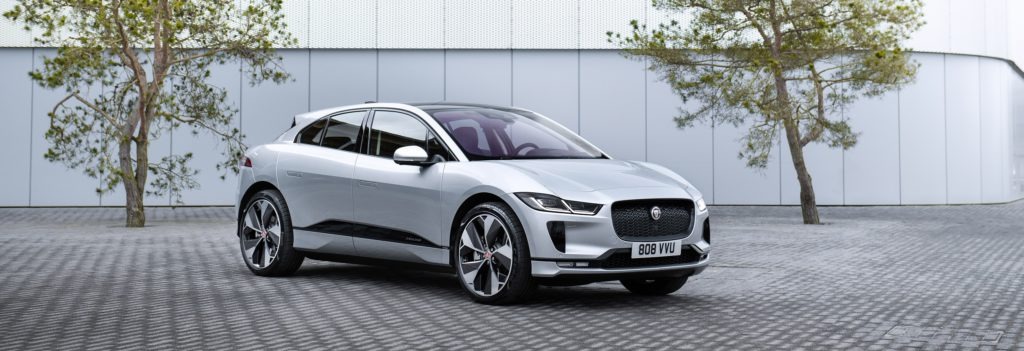Wireless-charging trial for taxis in Oslo
25 June 2020

25 June 2020
Jaguar Land Rover (JLR) is supporting the city of Oslo in the development of induction-based, high-powered wirelessly-charged electric taxis.
In a programme known as ′ElectriCity’, the carmaker is joining forces with Nordic taxi operator Cabonline (NorgesTaxi AS), the region’s largest charge point operator Fortum Recharge, US technology developer Momentum Dynamics and the City of Oslo to build wireless, high-powered charging infrastructure for taxis in the Norwegian capital.
With the growth of electric vehicles come concerns about the charging infrastructure. Monetised passenger transport options need a quick turnaround between stops as any downtime inevitably reduces the money taken during a day. Many electric taxis employ a range-extender, a petrol generator that can add as much as 300-miles of range to a vehicle.
As charging infrastructure across Europe is still growing, the search for an available charge-point, together with the need to plug-in and wait, reduces the working time of the vehicle.
Practical issues
For usage efficiency, taxi drivers need a charging system that does not take them off route during their working hours. Multiple charging plates rated at 50-75 kilowatts each are installed in the ground in series at pick-up-drop-off points. This allows each equipped taxi to charge while queuing for the next fare.
The system, which uses no cables and is situated below ground, requires no physical connection between charger and vehicle, engages automatically and provides on average 6-8 minutes of energy each charge up to 50kW.
The taxi then receives multiple charges throughout the day on its return to the rank, maintaining a high battery state of charge and the ability to remain in 24/7 service without driving-range restrictions.
Fortum Recharge, who will be supporting the installation and electrification of the project, identified the need for a more efficient charging experience for taxi drivers in Oslo and enlisted the support of Momentum Dynamics in integrating the wireless-charging infrastructure.
Leading market
According to Autovista Group analysis of charging infrastructure data published by the European Alternative Fuels Observatory (EAFO), Norway is second to the Netherlands in terms of the number of charging points but leads in charging-point density. The country is the European leader for BEV sales, making it the perfect place for JLR to test wireless-charging capabilities.
′We are extremely proud of our track record in electrification, and we’re committed to making electric vehicles easier to own and use,’ said Ralf Speth, JLR chief executive. ′The taxi industry is the ideal testbed for wireless charging and indeed for high-mileage electric mobility across the board.
′The inherently safe, energy-efficient, high-powered wireless charging platform will prove critical for electric fleets, as the infrastructure is more effective than refuelling a conventional vehicle.’
Oslo will be the world’s first metropolitan area to install wireless, induction-based high-powered charging stations for electric taxis, in a bid to make its cab system emission-free as early as 2024.
Norway wants to go even further and is mandating that all new cars sold in the country by 2025 are zero-emission.